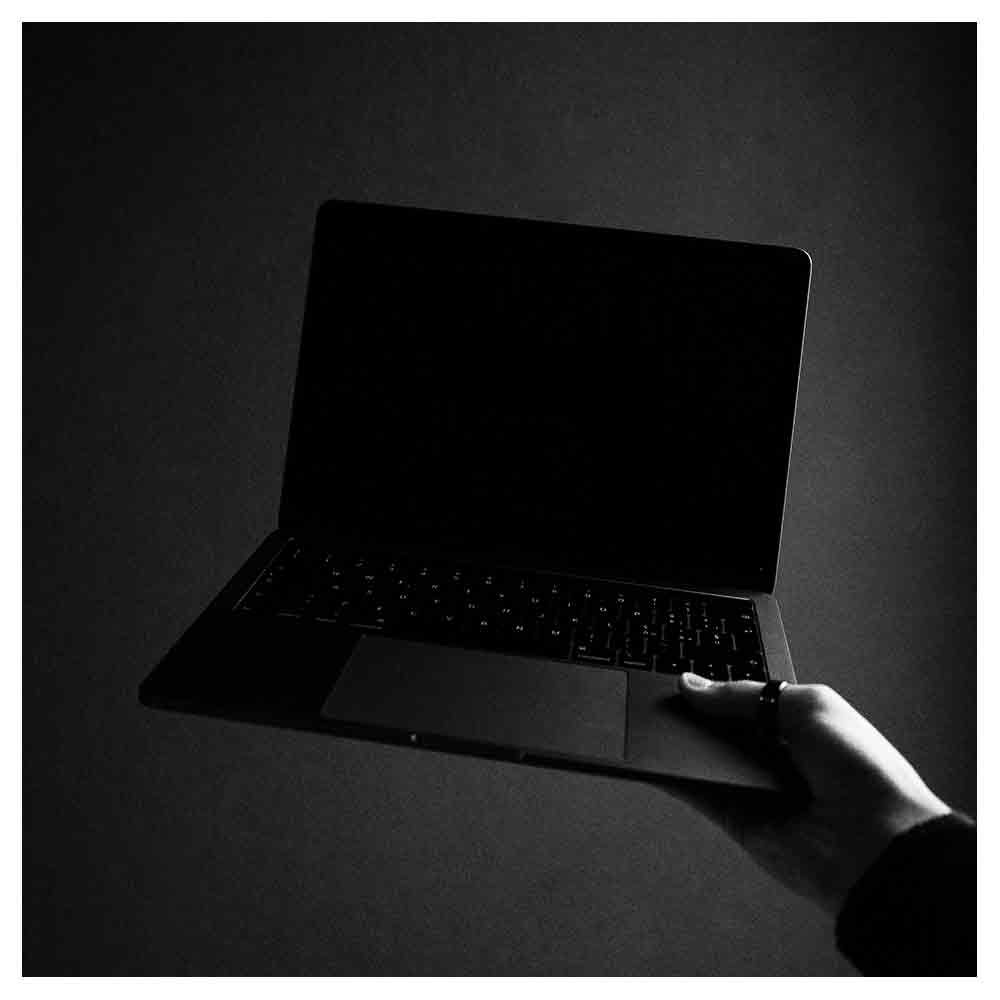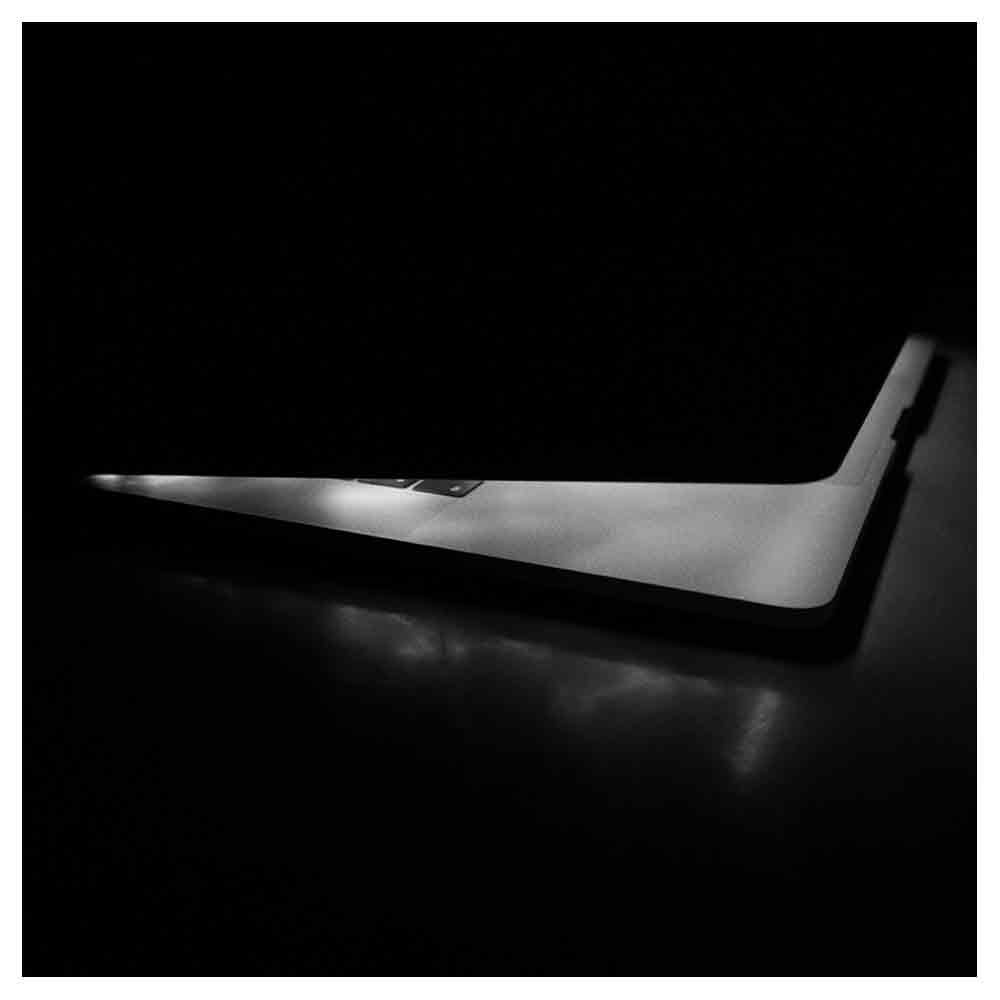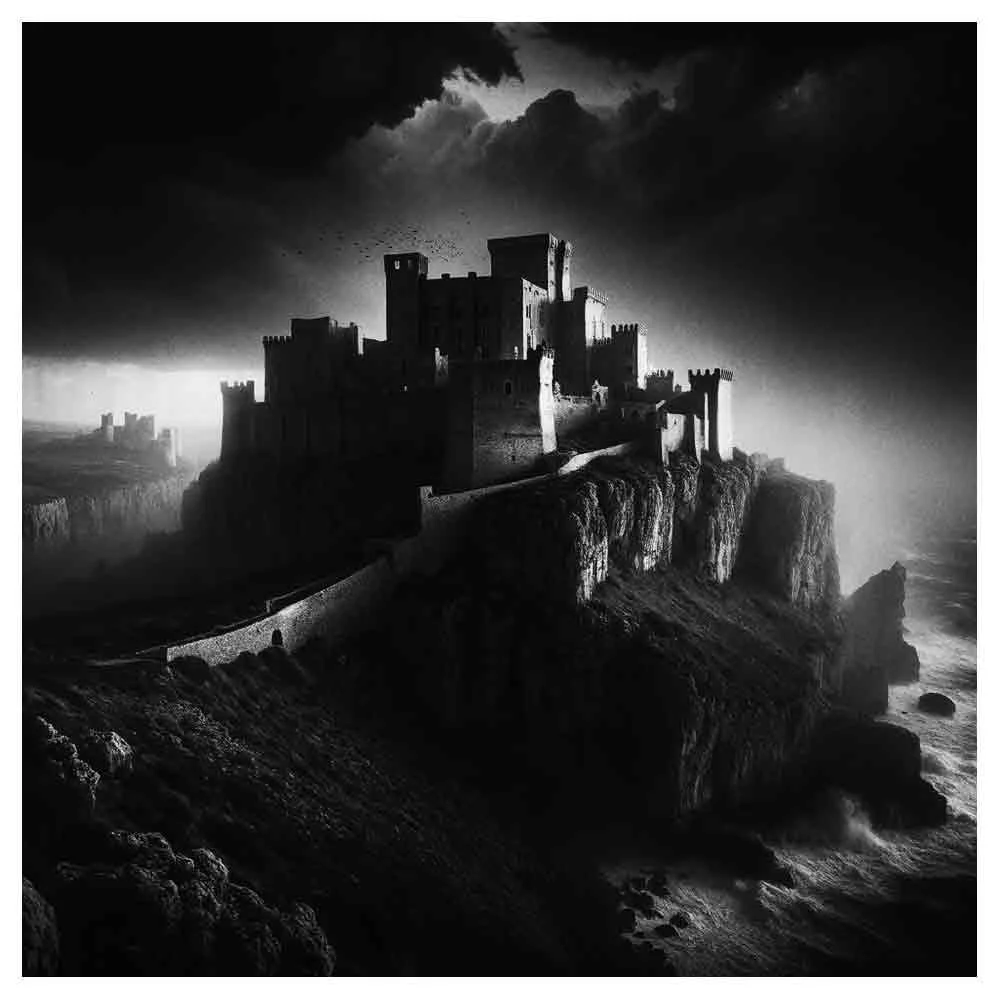How To Make The Perfect Music Festival AfterMovie
My professional filmmaking career started fifteen years ago in the world of music festivals and DJ aftermovies.
For nearly ten years, I traveled the world in private jets with superstar DJs like Hardwell, Fedde Le Grand, and Nicky Romero to capture them performing at the most exclusive parties at the hottest clubs and music festivals.
Next to that, I was hired as a cameraman for the biggest music festivals in the world, like EDC Vegas and Ultra Music Festival Miami, where I captured everybody from Justin Bieber, the Swedish House Mafia, Avicii, Madonna, Paris Hilton, Ariana Grande, P Diddy, and many more from a few feet distance.
Looking back at that period, I think I spent more time on the main stage than most artists, and the fun part was that this all happened before my 25th birthday.
At the beginning of my career, aftermovie king Charly Friedrichs, a.k.a. Final Kid, took me under his wing, taught me the tricks of the trade, and put my career on a fast track.
As I grew older, I wanted to explore different genres of filmmaking and walked away from the aftermovie scene.
Because creating after movies was a big part of my career journey, I thought it would be nice to share a few of the learnings with the filmmaker’s community from my ten years of traveling the world with a camera and working on the most insane event videos.
Along the sidelines, I’ve included some pictures of that time and a few of the many DJ aftermovies I’ve created over the years.
Table of contents:
What is a music festival aftermovie?
First, let's be clear on what a music festival aftermovie actually is.
An aftermovie, recap video, highlight film, or whatever you'd like to call it is a documentary-style registration of an event, show, or live performance.
The goal of an aftermovie is to capture the musical experience in a short video so the company behind the festival can use the final result as a marketing tool after the event.
The video is essentially a commercial to help establish the brand, sell more tickets for the next edition, bring new partners and sponsors on board, build a fan community, and create a FOMO effect (Fear Of Missing Out) for future editions.
A project X inspired aftermovie I made for Hardwell’s Revealed Canadian Bus Tour, entirely shot on a Go-Pro camera.
What defines a great aftermovie?
To make the perfect music festival aftermovie, I think it’s essential to understand what defines a great aftermovie.
A great aftermovie, in my opinion, makes you experience the event’s musical vibe and energy while watching it online. It succeeds in conveying a feeling of happiness, love, and joy while showing a positive escape from everyday life.
An aftermovie I created for Hardwell’s Miami Music Week experience.
How to make the perfect music festival aftermovie?
I believe the art of the aftermovie is to blend music and images seamlessly in the edit to create a rollercoaster of energy.
Yet, the difficulty of filming an aftermovie is that you can hardly control what’s happening in front of your lens.
On top of that, it’s noisy as hell, there is so much going on everywhere, and you’re usually walking between crowds of drunken and intoxicated people while holding a very expensive camera setup.
So, how do you create the perfect aftermovie between all this chaos? Let’s dive into the nitty gritty!
the Magic of a festival aftermovie is in the editing
I will come straight to the point by saying that most of the festival aftermovie magic happens in the edit and not while filming. Of course, capturing great imagery is a must, but conveying the emotions of the festival is primarily done in the editing.
In the end, you can develop the best storyline, film the most amazing shots, and use the most expensive camera tools in the world, but if you mess it up in the edit, your project is doomed to fail.
Music for an aftermovie is everything
Creating that magic in the edit starts by picking the right song(s) for the project. Because I toured with artists, the artist’s music often bound my musical choices. For a music festival aftermovie, you have more creative freedom to pick the right song(s).
Preferably it should be music with lots of dynamics, changes, intensities, sounds, and speeds that will allow you to leverage and match the changes in the music with changes in the video.
If the festival included different stages with different music styles, you could mix different songs together to create a dynamic audio backbone for the project.
On top of the music, live audio from the crowd is also crucial to include to help convey the festival experience. Adding a microphone to the camera is one way to capture live audio while filming. Another way is adding it later during the edit in the form of sound design.
In my experience, the music platform Artlist has a great library of all sorts of crowd sound effects that you can add to create that live experience feeling.
A three-act structure
After picking the right song for the edit, I think it’s essential to understand the film's structure. Like a real movie, you can break an aftermovie into three different acts—beginning, middle, and end.
In my opinion, many aftermovie creators get it wrong at the beginning of the video. They give away too much (starting at night, showing lots of firework shots, and basically giving away the climax of the film) or they don’t establish the arena properly, quickly losing the people’s interest and the project’s momentum.
Especially in this day and age, with so many content options to watch, it’s OK to create a visually interesting hook in the first five seconds. Still, it’s about slowly building anticipation before the next act—the climax.
It’s the same as going to the festival yourself. You’re hyped, all dressed up, saved money for the experience, and you’re not sure what to expect. Once you’re at the festival, you start exploring the different areas and slowly grow in the music festival’s vibe.
You don’t just switch from your bedroom to a hyped-up fully packed dancefloor, it should be a gradual change. I think a good music festival aftermovie does exactly the same and slowly builds up the experience, creating a mysterious vibe at the beginning before fully revealing itself.
The Climax
The second act, the climax, is where tension is released. Here, you intensify the edit and fill your timeline with high-energy moments. The better job you do in the build-up, the more impact and emphasis your high-intensity stuff will have in the climax part of the video!
The key in the climax part is to match all the movement from the raw material to the beats and rhythm of the music you're using in your video.
Meaning—every time someone jumps, you should match it with the song's beat. Every time the DJ pushes a button or twists a knob, a change in music needs to occur.
If fireworks, pyro, or CO2 effects are launched, they should be matched with an essential change or spike in the track on your timeline.
I know firsthand that this frame matching and playing with shot length and speed can be very time-consuming, but this is where the real magic happens in merging sound and images seamlessly together.
This is where the great aftermovies separate themselves from the mediocre.
The End
The climax section of the project can become boring very quickly, so save the best for last! Try to intensify the edit more in the last part of the aftermovie.
Add more effects, more sound design layers, and overall more epicness. The more you can visually distinguish the final part from the climax, the more impact it will have, and the more likely people will watch it till the end.
A treaser I made for a new Hardwell track at Trance Energy in Utrecht.
10 Tips for creating the perfect music festival aftermovie
Camera movement, always!
Music is designed to take you on an audio journey, and because image and sound have to merge in the edit, I believe the camera should also take the viewer on a journey. Therefore, camera movement is a must at all times!
If there is insufficient camera movement in the raw footage, you have to create artificial movement in the edit. Digital zooms and other distortions, for example, are great tools to help you achieve that.
Filming at a resolution of at least 4K allows you to do that on a Full HD (1920x1080) timeline without compromising too much on the quality.
Static footage, in my opinion, in an aftermovie is a no-go. Music is dynamic, so it's all about creating a video that is as dynamic as possible.
Regarding camera gear, pick something that allows you to create that movement.
Zoom lenses, gimbals, stabilizers, steady cams, glide cams, or other compact handheld camera setups are brilliant options in my experience for creating dynamic shots.
Establish the arena
Humans like to know where they are before being confronted with what's happening.
Our brains desire context. Otherwise, we tune out. So, always establish the arena before showing all the beautiful slow-motion close-ups.
For example, drone shots, wide shots, an animated introduction sequence, or some (interview) voice-over that explains what's going on can help to do this.
Capture only beauties
In most instances, the goal of an aftermovie is not to make a raw and authentic portrayal of the event. Remember, it’s a commercial with commercial purposes.
Its goal is to give a glimpse of life in a dream state-like. Therefore, the people you capture at the event should enhance that feeling.
I know we live in a day and age of equality and gender neutrality. Still, in my experience, capturing attractive dancing women who are having a great time at the festival always seems to work best in the edit and helps shape that utopian world.
So make sure to capture lots of them! And, of course, find a nice balance in the edit with some good-looking dudes (and gender-neutral folks…).
Be Everywhere
To capture the festival's vibe, I believe you must film the energy on-site from as many angles as possible. That means not just behind the DJ but also on the dance floor.
It’s about capturing the visitor’s experience; the artists are just part of the show.
Focus On Faces
Following up on the emotions, people's faces are what eventually convey the emotion.
When filming, try to become a fly on the wall to capture those pure moments of joy. Of course, you can direct your shots, but capturing those ‘real’ emotions can’t be created artificially.
Using long focal length camera lenses can help you film people's close-up from a distance without them noticing you.
Embrace Slow Motion
I don't think there is any genre in filmmaking where it's ok to overuse slow motion as much as possible as in the aftermovie genre.
Balanced with normal speed and high-energy shots in the climax section of the video, slow motion is essentially the secret sauce of any aftermovie.
Regarding camera gear, I’d say choose an option that allows you to film at least 100 frames per second in Full HD resolution.
Master Music Editing
As I mentioned above, if you want to make the perfect aftermovie, you have to become a master at music editing.
Great music editing is not cutting the beat of the music track on and off because that creates a predictable rhythm. It’s about finding a natural flow.
Unfortunately, that's not something you can learn overnight because it's a gut feeling you have to develop by doing A LOT of music editing.
To begin, I suggest looking at all the Ultra Music Festival aftermovies on the UMFTV YouTube channel to get a feel for flow, rhythm, and timing. Next, I suggest getting as many hours behind an editing setup as possible, slicing music-driven projects.
The best thing is that you don’t have to wait for someone to give you an assignment. Put some money aside, download an audio track from Artlist, get some footage from Artgrid, and off you go!
Remix Everything
DJs are essentially the remixers of sound, and while they perform, they push buttons that trigger emotions. A good aftermovie, in my opinion, emphasizes that visually.
So, as the aftermovie creator, you must become the images' remixer and use lots of camera and editing tricks to trigger emotions.
Being a visual remixer is the reason why I fell in love with the aftermovie genre in the first place. You can really go all out and create a visual bonanza in which nothing is too crazy!
Keep It Simple
In my experience, explicit storylines usually don't work in a music festival aftermovie. I've tried it a few times because I wanted the aftermovie to be ‘different’ from the usual, but it doesn't achieve the same results as a proper bad-ass music-driven edit.
My advice is to keep it simple, portray the event from start to finish (day to night) and focus on conveying a euphoric emotion rather than telling an explicit story.
Keep It Short
An aftermovie is a visual firework show, and just like a real firework show, it can quickly become boring.
So, if the music you’re using or the aftermovie commissioner does not bind you by a specific length, try to keep it as short as possible.
In my experience, it's better to leave people longing for more than to think the video is boring.
A summer tour aftermovie for Fedde Le Grand I edited together with Final kid.
Why I stopped making music festival aftermovies
Sometimes in life, the script given to you no longer fits the story you want to live.
This happened a few years ago when I had enough of the aftermovie world. Traveling was no longer fun. My apartment felt like a hotel room, and I was tired of being surrounded by partying people all the time.
A repetitive experience
While working in the music festival world and creating dozens of aftermovies, I became close friends with cinematographer Aziz Al-Diliami.
Aziz attended the Netherlands Film Academy in Amsterdam at the time, and in his first year, he told me about a period when all the students were divided into project groups.
For ten consecutive weeks, they had to create a weekly video about one particular tram line in Amsterdam that crossed the entire city—tram line 10.
It didn't matter how or what story they were capturing as long as their weekly video centered around the same subject, which obviously became much harder every week.
After ten years of working in the music festival industry, I felt like I had created ten years of videos about the same tram line and was creatively exhausted.
A different dream
So, despite achieving everything I thought I wanted in the aftermovie scene, including directing two worldwide screened documentaries about the no. 1 DJ in the world, I decided it was time for a new dream.
I left the aftermovie world behind in a cold turkey style and started focusing more on fiction-driven projects like commercials and music videos. I wanted to reinvent myself, which was the scariest, most difficult, but also one of the best career moves I’ve made.
An aftermovie I edited for Hardwell’s North American bus tour.
Conclusion
From a filmmaker's perspective, I believe aftermovies are a fantastic way to start your career and try out lots of different tools and techniques before diverting into other genres of the craft.
Although I don't enjoy creating aftermovies anymore, I can still enjoy watching a good music festival aftermovie that transcends an exhilarating emotion.
I hope these tips and tricks were helpful to you and that they will help to fast-track the process of capturing your next music event in the same way the knowledge and experience shared by Final Kid did for me.











































